Managers’ traditional roles and responsibilities are evolving. In many organizations, managers who are taskmasters, custodians, and controllers are no longer the norm as people look to their managers to define their purpose. Today’s managers must collaborate with workers to maximize efficiency, nurture skills, develop talent, and inspire results.
While the manager's role is changing, the function of management remains essential and continues to be the core driver of organizational performance. For your organization to consistently achieve its desired business results, managers must understand how their role has changed and what employees need from them. This managed approach includes bringing the right people together, engaging them in meaningful work, and leading them to accomplish desired goals and objectives.
This certificate course consists of six three-hour sessions and will help your managers understand their changing roles and further develop the skills they need to excel in today’s workplace.
“As a new manager, I found Managing for Results to be incredibly helpful. The coaching segment in particular gave me a great deal to think about and take back to use with my employees. Before the class, I had not given coaching all that much thought. Now I feel more confident after the instruction and guidance I gained working with other managers in the class.”
–Brandon Reed – Manager of Member Services and Public Relations, Piedmont Electric Membership Corporation
"The Managing for Results course that I attended had a lot of impact on me professionally. It helped me to see several ways that I needed to improve my communication skills. The class activities opened my eyes to the need for one voice when training new colleagues or current colleagues in new positions. The discussions provided useful tools that we have incorporated into our daily meetings back at work. It has helped to create a true “Team” approach for accomplishing daily tasks. The classroom experience at CAI was great. The way the facilitator had us interact with each other was brilliant! We worked with different people during each exercise, which gave us access to other colleagues’ experiences and knowledge. I have been taking training classes for over 30 years and “Managing for Results” was by far the BEST class that I have ever been in! I would and have highly recommended this class to others within and outside our company.”
– Terry McGee – Purchasing Manager, Grief, Inc.
Who Should Attend
New and experienced managers and supervisors with more than two years of experience
Learning Objectives
At the end of the course participants will be able to:
- Describe characteristics of an effective manager
- Identify what you will do to adapt to the changes in the role of a manager
- Apply four active listening techniques: attending, inquiry, paraphrasing and empathy
- Give feedback for reinforcement and feedback for improvement
- Use active listening skills to manage employee responses to feedback
- Describe the benefits of coaching in the workplace
- Identify characteristics of an effective coach
- Describe the four coaching approaches in the Skill/Will Matrix
- Apply the four coaching approaches to case studies provided
- Develop a plan to match their coaching approach to their team members’ needs
- Apply the GROW model to coaching scenarios
- Demonstrate how to coach an employee using the GROW Model
- Discuss what makes managing employees difficult
- Learn the difference between coaching and counseling
- Define two types of employee issues
- Apply strategies to maintain workplace improvement and follow-up
- Define employee engagement
- List characteristics of an engaged employee
- Describe the impact of an engaged workforce on business success
- List the 12 critical indicators of employee engagement
- Identify strategies to build and sustain the engagement and motivation of disengaged employees
Topics Covered
- Managing in Today’s Workplace
- Feedback for Reinforcement and Improvement
- Coaching for Success Part 1
- Coaching for Success Part 2
- Managing Employee Performance
- Building and Sustaining Employee Engagement

